|
   |
|
Page 4 |
Newsletter 147 Winter 2024 © Hampshire Mills Group |
|
Two Mills in Finistère
Ruth Andrews
Photos by Keith and Ruth Andrews
|
Whilst Robin was photographing mills in
Pembrokeshire, Keith and I were in Finistère. I was
struck by the very complex histories of two of the
mills we encountered.
Moulin à Mer
at Lagonna-Daoulas is a derelict tidal mill,
outwardly similar to Carew tidal mill, but bigger.
The mill pool is fed by the Camfrout river as well
as the tide. An information plaque states that
that it was originally built in 1520. In the French
revolution it was confiscated from the Count of
Rosmorduc. Since then the mill has had many owners.
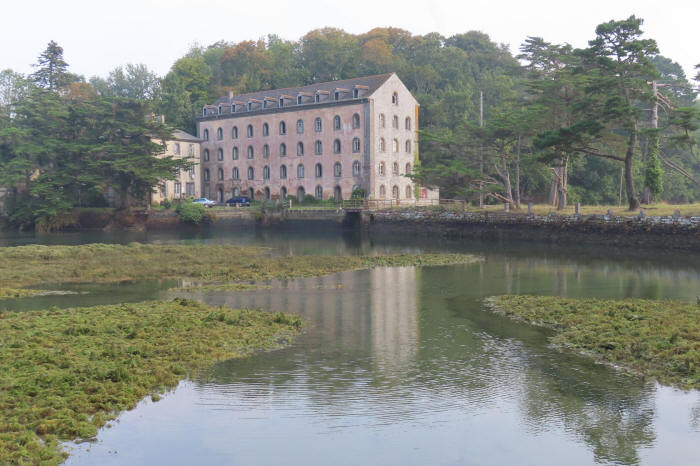
|
|
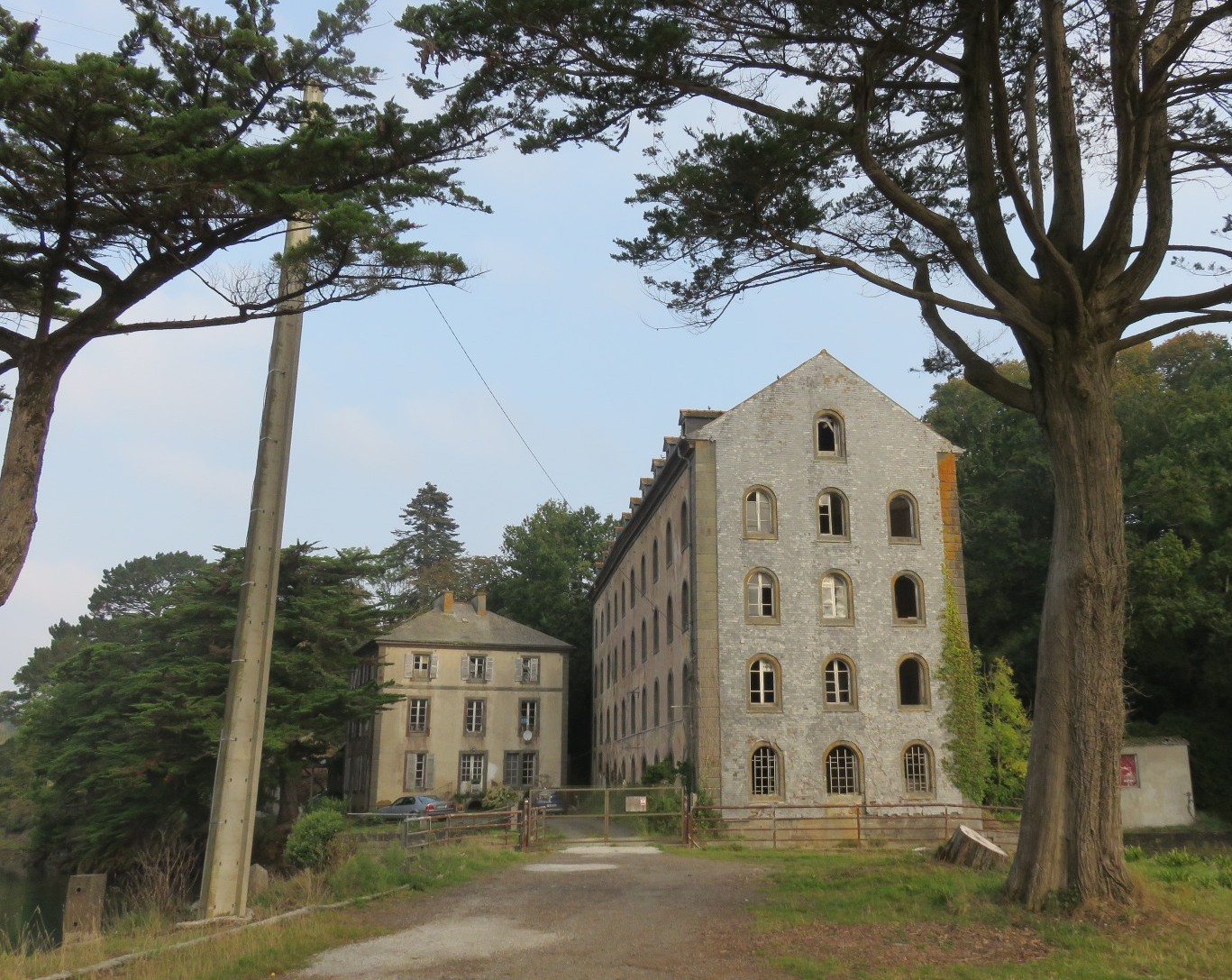
|
In
1808 the mill with 6 pairs of stones was one of the
biggest in the region. Its flour production reached
1500 tonnes in 1854. A thriving economy grew up
around the mill: a small shipyard and a fish market
with plenty of scallops from Daoulas. Unfortunately
at the end of the 19th century the mill ceased
operation when its then owner became bankrupt.
However, in 1939 the state renovated the building to
house refugees, but later under German occupation it
was turned into a hospital for officers. After the
war it became a military training centre. In 1965
it became a place of entertainment: first a
café-dance hall, then a restaurant and disco. Sold
in 2002 to a property company, it is now derelict
awaiting a new lease of life. However, the adjacent
mill house appears to be occupied. |
|
The mill at Daoulas (Moulin du Pont) dates
back to 1173, the same period as the construction of
the nearby abbey. According
to FFAM (La Fédération Française des Associations de
sauvegarde des Moulins) the mill was probably a
textile mill, important in the region since 1452.
Its wheel turned horizontally: it is known as a
pirouette mill. |
|
At
the beginning of the 20th century it then became a
flour mill. In about 1936 it was converted to a
minoterie (roller mill). to install all the
roller milling machinery the building was raised,
and a generator driven by a turbine was installed on
the ground floor. It ceased production in 1970. |
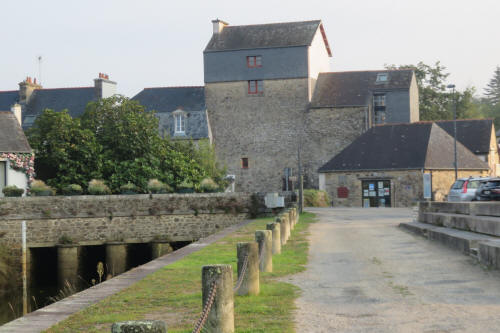 |
|
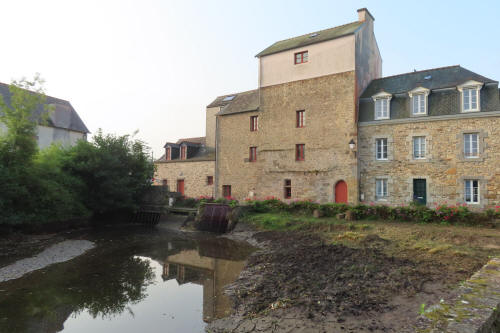 |
It does not have the same uniform massive
architecture as the tidal mill. Its base is made of
kersantite from several different quarries, which
can be identified by the colour of the stone:
lighter, from the port of Kersanton; darker,
tending towards black, from L'Hôpital-Camfrout. |
|
There is an interesting millstone displayed outside
the building. I thought it was unusual that the
central part of the stone was a solid block of
gritstone surrounded by the usual pieces of French
burr.
The mill is open as a museum in July and August;
unfortunately it was September when we were there.
|
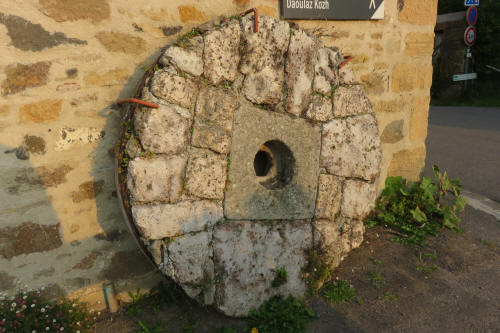 |
|
   |
|
|
